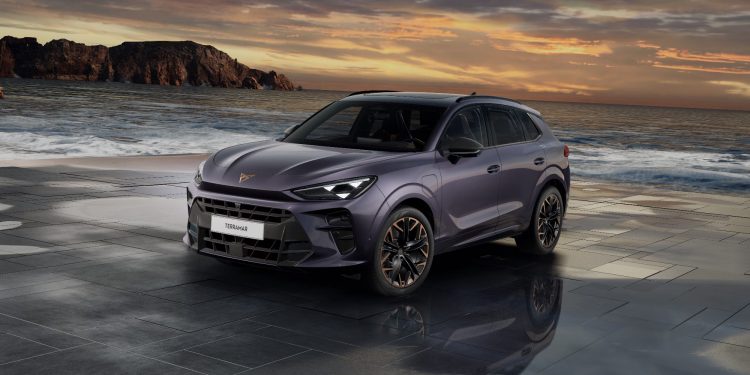Cupra Terramar – First Drive
Words NZ Autocar | Images Cupra
Cupra has been a quiet achiever locally, landing here in 2021 as the performance arm of Seat.
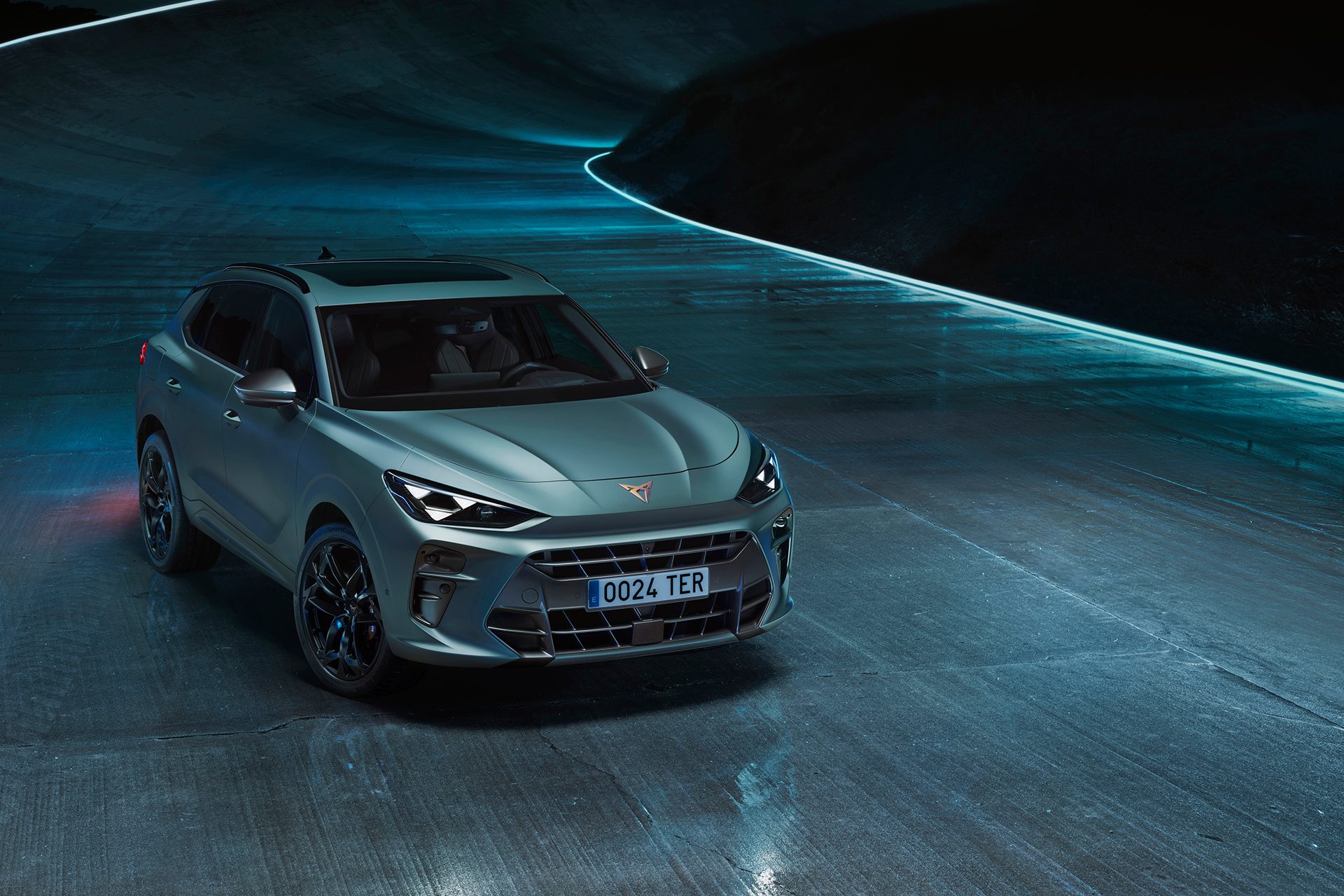
The new brand, named after Cup Racing in Europe, entered the market here with just one model (Ateca). It only had one outlet in Auckland too.
Before long sales of the distinctive vehicles with their copper hues eclipsed those of parent company Seat. Eventually, importers EMD stopped bringing in Seat offerings, concentrating instead on Cupra models.
By then, they weren’t just rebadged and tarted up Seats either. The striking Formenter crossover really hit the ground running. It sold well in various guises, and was followed by Born. This was an EV based on VW’s ID 3 which never came here. It fared well enough too until EV incentives were scrapped. It is in run-out now. You won’t be able to buy another electric Cupra until later in the year when Tavascan arrives (another medium SUV).
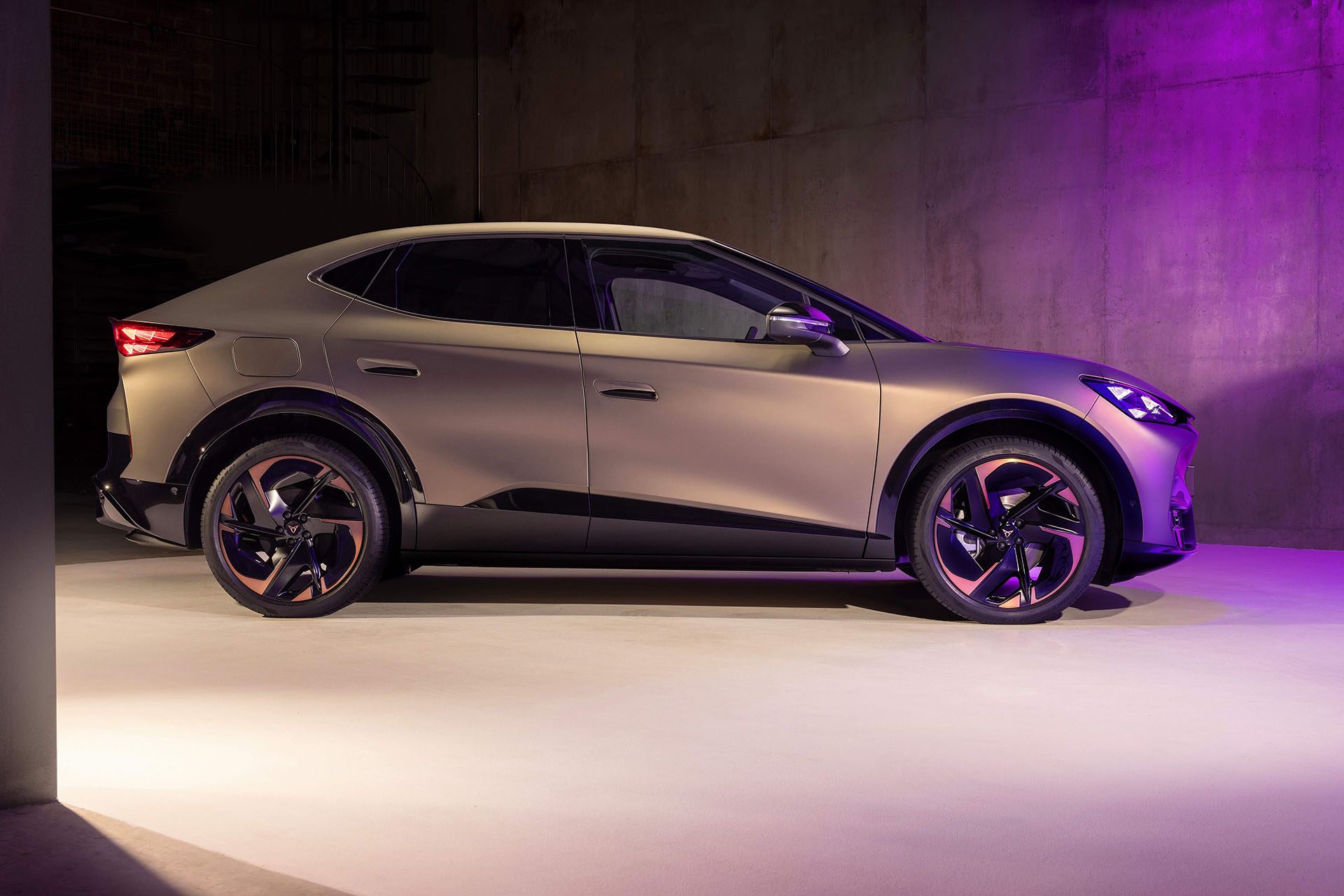
This year, Cupra is looking to expand literally and figuratively, branching out into the rest of New Zealand and introducing new models. It now has sales ‘garages’ in Auckland (either side of the bridge) and five other main centres in the North Island. There’s also an outlet in Christchurch. Moreover, there are nine service centres nationwide.
And that’s because there are now more models from which to choose. There’s an updated Formentor (two variants), a Leon SportsTourer (wagon), the new Terramar and upcoming Tavascan. For the future, probably late 2026, is Cupra’s cute wee city EV, Raval. It shares mechanicals with the forthcoming VW ID 2.
So where does Terramar fit?
For now though, it’s all about Terramar which has just gone on sale here. Pricing kicks off at $70,500 for the entry-level V model, through to $91,900 for the range-topping Terramar VZ. We drove both of these briefly at an introductory night launch – Cupra likes to go its own way. In between are the Terramar V 4Drive, featuring AWD and a 150kW/320Nm 2.0T engine ($81,900). There’s also the Terramar V e-Hybrid ($87,900).
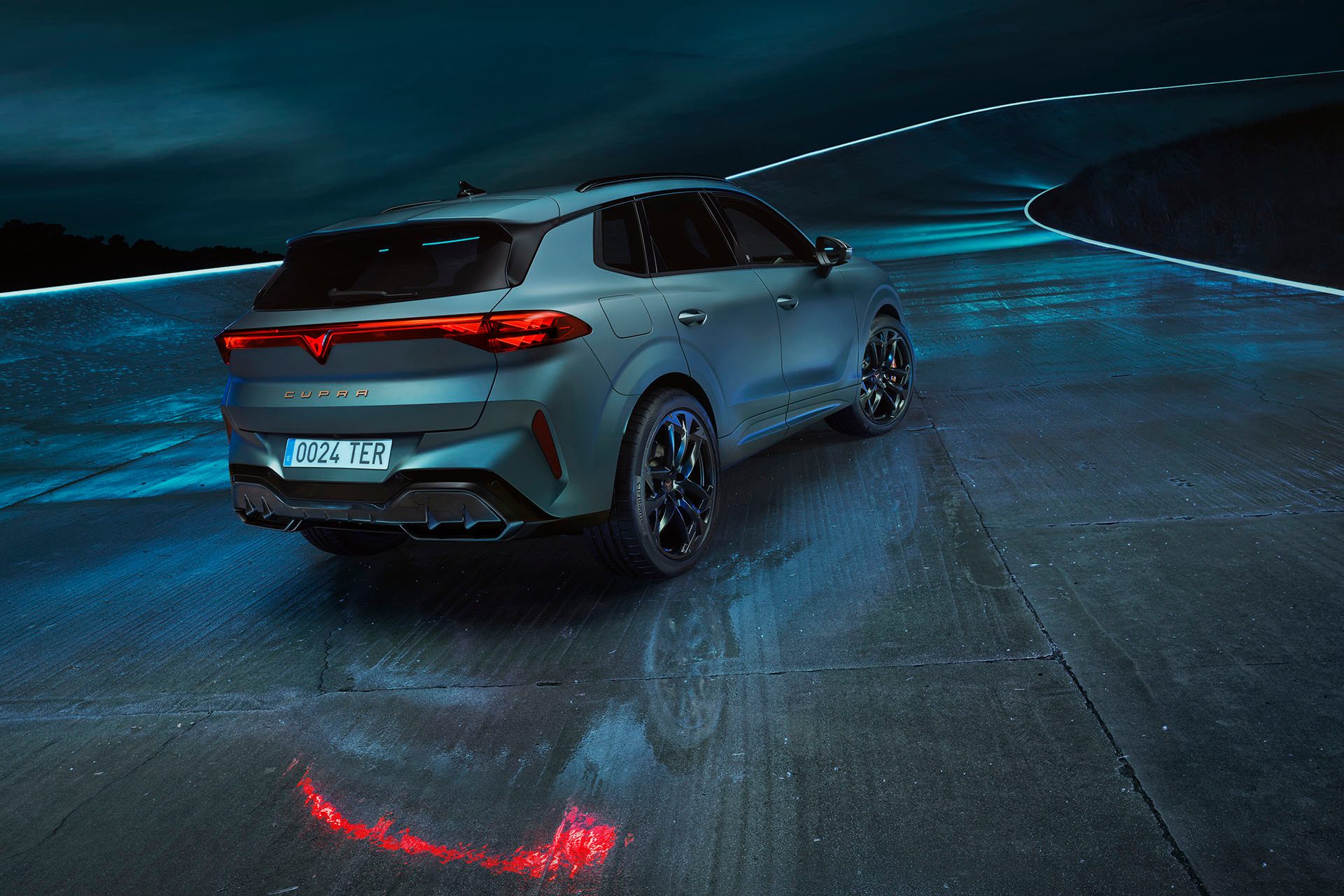
These prices are only slightly higher than those of the facelifted Formentor ($65,500 for the V and $87,500 for the VZ). That’s because they’re not much different in size, 4451mm long versus 4519mm for the Terramar.
Cupra reckons Formentor will appeal more to those after a sporty hatchback-like crossover. The Terramar is more family oriented, roomier inside, with better space for five, and a little more luggage space (540-642L for all but the PHEV which offers 400-490L).
The variances relate to the position of the rear seat which is on sliders, and the position of the boot floor. Formentor is a bit of pinch for five with less gear space but is a touch quicker, more dynamic, rortier. And that’s how it looks too, slightly more up for a strop.
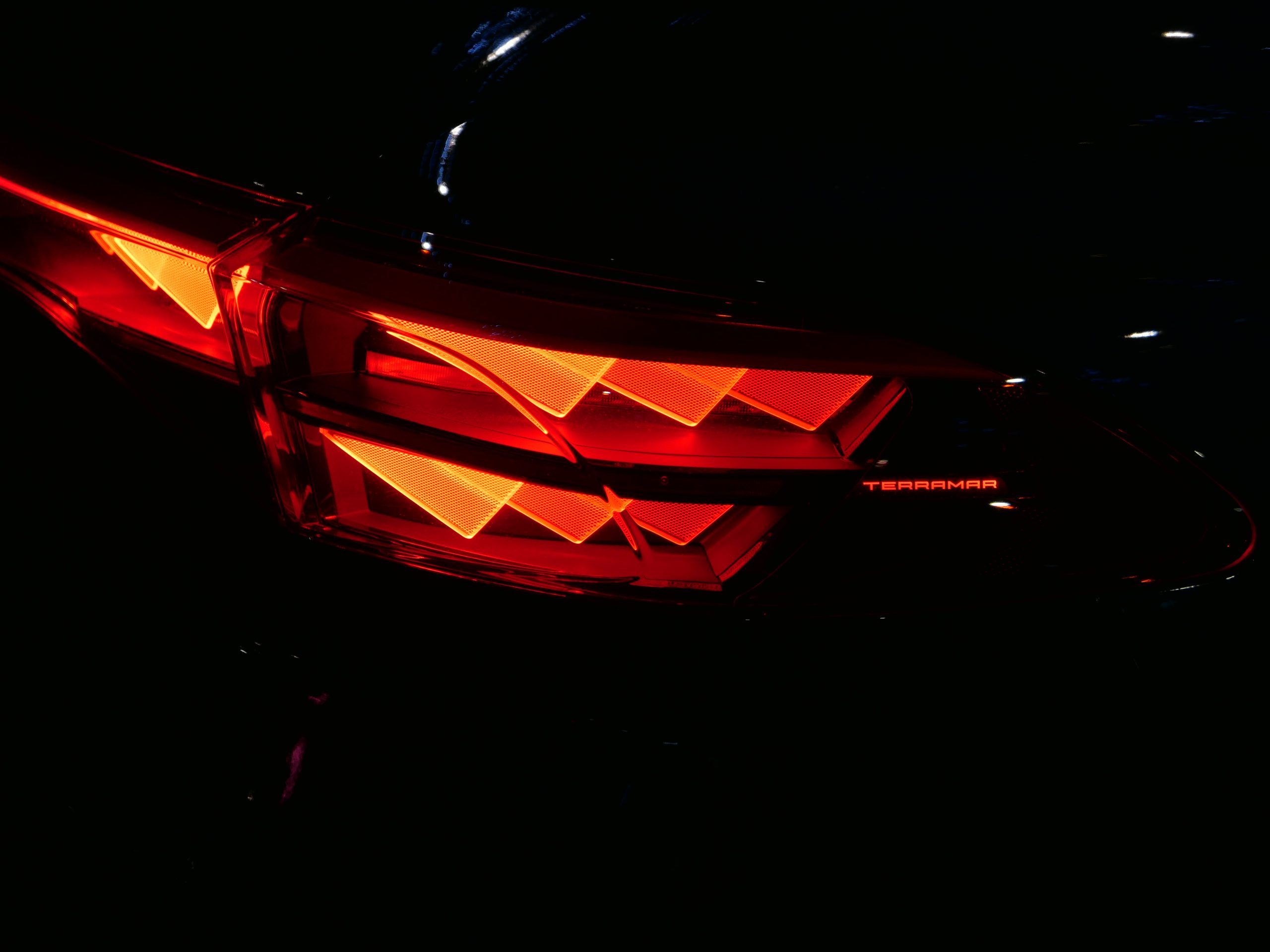
It’s actually the styling that Cupra is best known for. It’s edgy, modern, appealing and even the Cupra logo is a little out there, with an almost tribal feel about it. The copper colouring inside and out is also a unique selling feature. Copper-coloured alloys are a cost option.
Terramar is another that many will find a visual delight in a sea of relatively mundane SUVness. And it’s interesting that initial enquiry is coming from just about all makers of medium SUVs out there. That includes folk wanting to move up from mass market offerings to those wanting a change from the German competition. Of note is that Cupra garages are located in close proximity to Audi outlets. Cupra sees itself as a viable alternative to the European premium brands. It’s for those who want a different type of exclusivity.
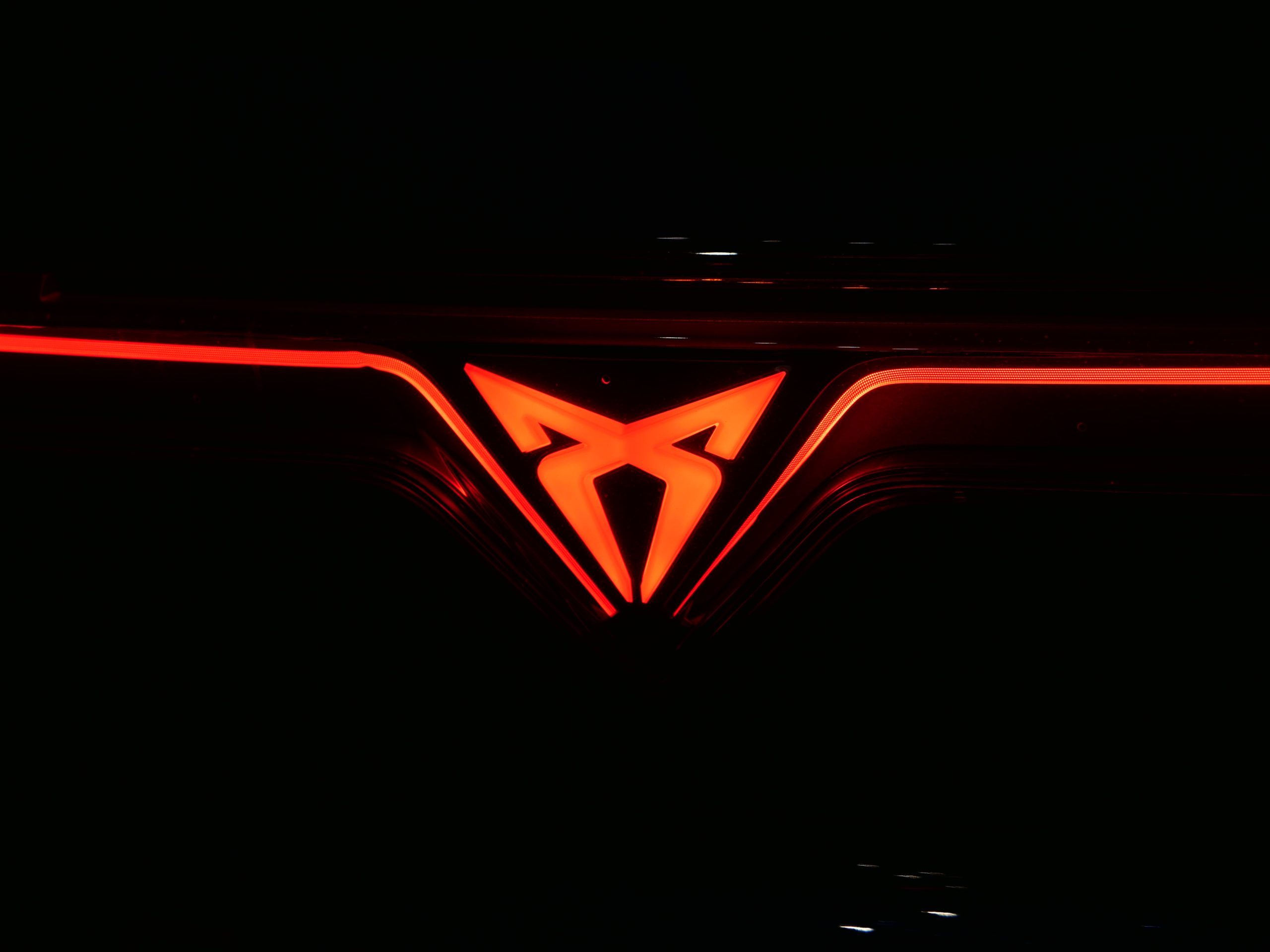
Decent range from the PHEV
And there will also be interest in those who might want an electric experience without fully committing. The V e-hybrid model is a PHEV with a decent sized 25.8kWh battery, 100km of electric range and up to 50kW of fast charging capability. So it can be recharged in under half an hour on the go, or overnight using a wallbox. With 150kW of system power, it gets to 100 in 8.3sec, slightly quicker than the base V model that’s a mild hybrid.
The latter we drove briefly and it should prove popular, being the least expensive and with a really pleasant balance of performance/economy, and wafting drivability. Cupra reckons on a combined fuel use figure of 5.8L/100km from its 110kW/250Nm mild hybrid powerplant. That drives the front wheels via a seven-speed twin-clutch transmission. The ride and refinement in this are noteworthy aspects, as are the clever blinking ambient lights that warn of vehicles in the blind spots.
The other Terramar we drove was the top model, the VZ with a 195kW/400Nm 2.0LT engine, seven-speed DSG and adaptive damping. This has plenty of squirt, though without quite as much power or torque as the racier Formentor VZ. It’s about a second down on the sprint time (5.9 vs 4.8sec). Overall fuel use figure is pinned at 8.1L/100km. This comes with a tich more spec than the others but all variants fare well on that front, and share the same safety features.
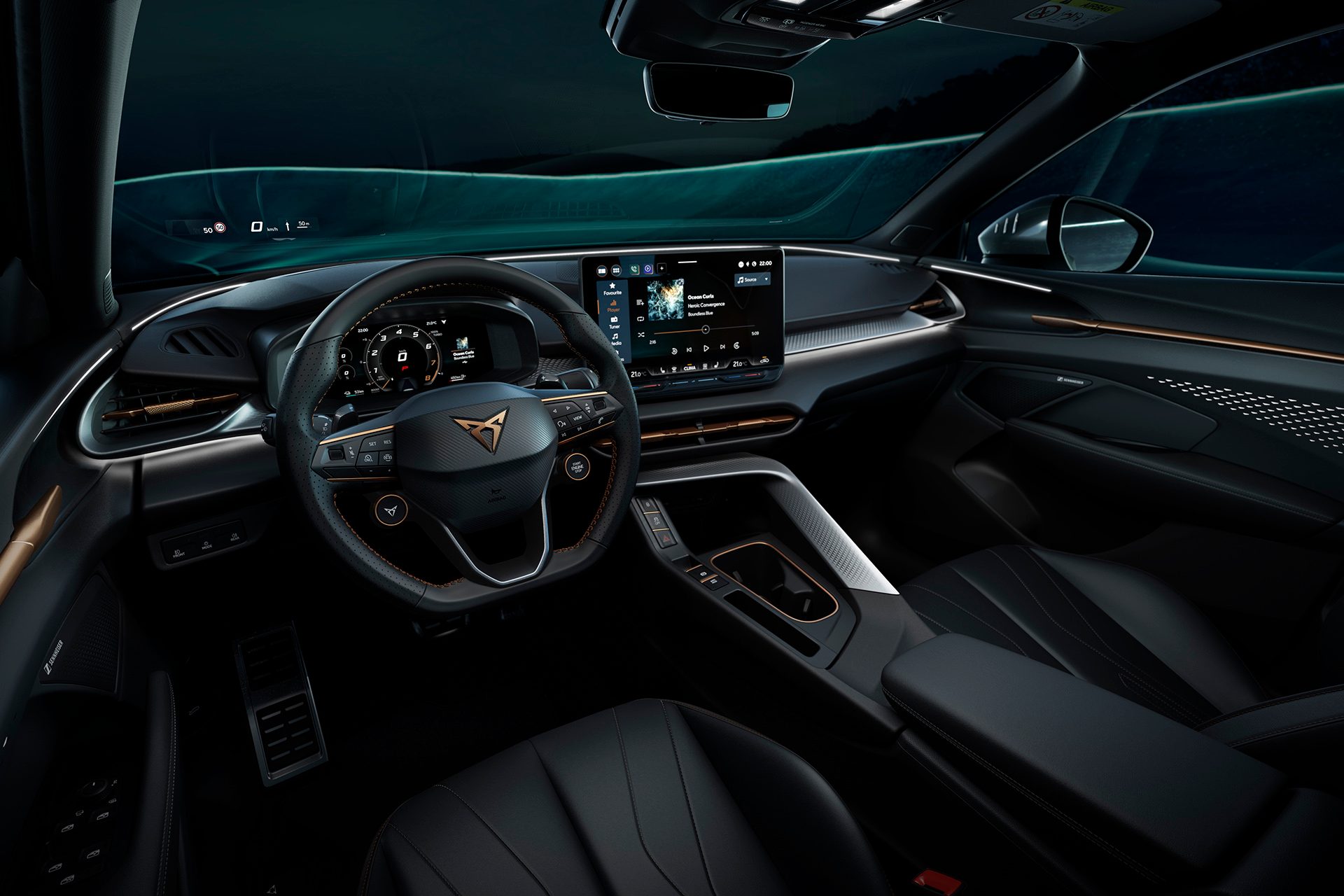
VZ adds items like a premium 12-speaker Sennheiser sound system, powered sports bucket seats with Dinamica upholstery and copper stitching, and 19-inch machined alloys. Options across the range include high definition headlights, a panoramic sunroof, an electrically released towbar, special paints, and burgundy leather upholstery with copper stitching.
Otherwise, there’s really rather generous spec across the range here, including ambient lighting, traffic sign recognition, a powered fifth door, sat nav, three-zone air con, heated seats and steering wheel, and wireless smartphone hook up and charging. What differentiates the models more are the various drivetrains, and number of driven wheels.
Terramar, which gets its name from the first oval racetrack built in Spain, is set to be the Cupra with the broadest appeal yet. Its various powertrains and price points help, as does its practical and aesthetic appeal. And a whole host of new dealers scattered across the land never hurts either.


